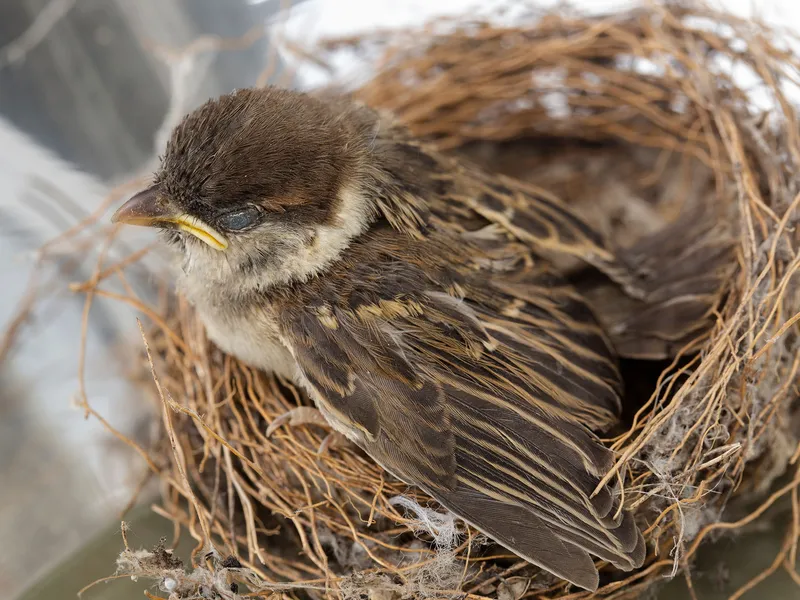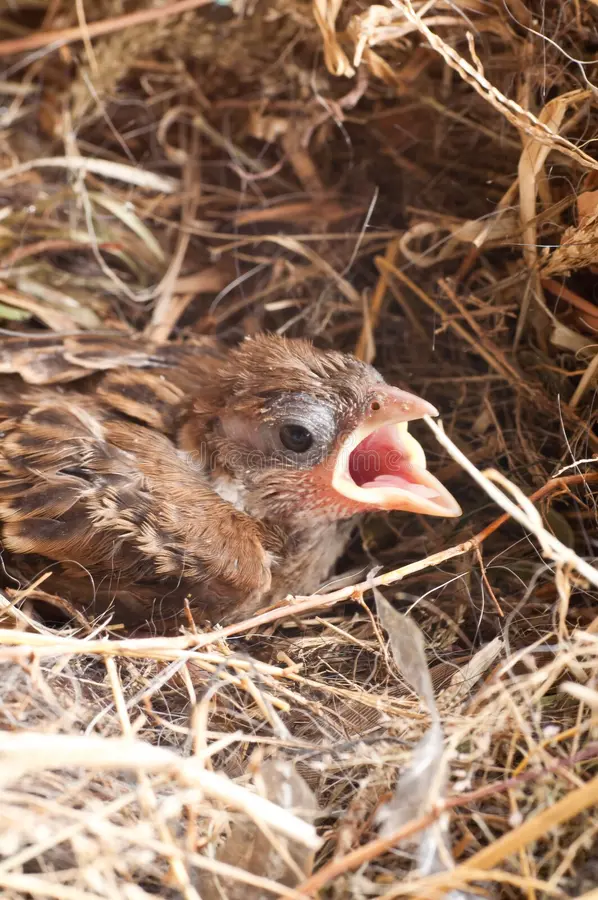Taking Care Of Sparrow Nestling

Taking Care of a Sparrow Nestling: A Gentle Guide to Saving a Tiny Life
Finding a baby sparrow (nestling) on the ground can stir compassion and concern. These tiny birds, still featherless or partially feathered, are highly vulnerable and require immediate, specialized care. Whether the nestling fell accidentally or was abandoned, your timely and informed response can make a life-saving difference.
Assess the Situation
Before picking up the nestling, observe carefully. Is it truly abandoned or in danger?
- Nestling: Lacks full feathers, eyes may be closed or partly open, and cannot hop or fly.
- Fledgling: Fully feathered and hopping—best left alone as parents are likely nearby.
If the bird is a true nestling and in immediate danger (from predators, weather, or foot traffic), it’s okay to help.
Attempt to Return to the Nest
If you can locate the nest nearby and it’s intact, gently return the baby. Parents do not reject chicks due to human scent — this is a myth.
If the nest is unreachable or destroyed, then intervention is necessary.
Create a Temporary Nest
Use a small bowl or box lined with soft tissues or paper towels. Avoid cotton or fabric that can tangle their tiny legs.
Place the makeshift nest in a warm, quiet, and safe space away from pets and children. Do not attempt to feed the bird yet.
Keep the Baby Warm
Nestlings cannot regulate their body temperature. Warmth is vital.
- Use a heating pad on low, placed under half of the container.
- Or fill a sock with warm (not hot) rice and place near the bird.
- Maintain a temperature of about 95°F (35°C) in the early days.

Feeding the Nestling
Feeding must be done carefully and frequently (every 20–30 minutes during daylight). Do not offer milk, bread, or water directly — these can be fatal.
Emergency Diet:
Until proper bird formula or help is found, you can use:
- Soaked dog/cat kibble (softened with warm water)
- Boiled egg yolk mashed with a bit of water
- Finely mashed mealworms (if available)
Feed with small tweezers or the blunt end of a syringe. Let the chick swallow voluntarily; never squirt food or water directly down its throat.
Contact a Wildlife Rehabilitator
Caring for wild birds long-term without a license is illegal in many places. Your goal should be temporary stabilization before getting professional help.
Search online or call local:
- Wildlife rescue centers
- Veterinarians with avian knowledge
- Animal control or bird sanctuaries
What NOT to Do
- Don’t give water directly—it can cause aspiration.
- Don’t try to keep the bird as a pet.
- Don’t handle it excessively.
- Don’t feed worms from the garden — parasites are a risk.
In Summary
Taking care of a sparrow nestling is a delicate task that requires compassion, gentleness, and swift action. The most important steps are providing warmth, a safe nest, emergency nutrition, and getting the chick to a wildlife expert as soon as possible. With your timely care and the right support, that fragile little bird may someday take flight.



